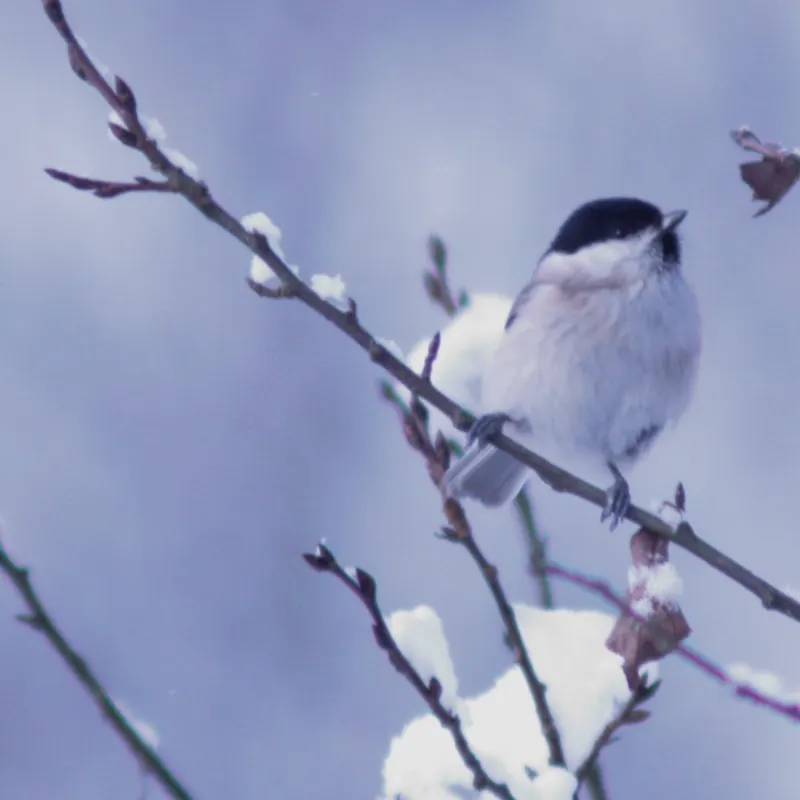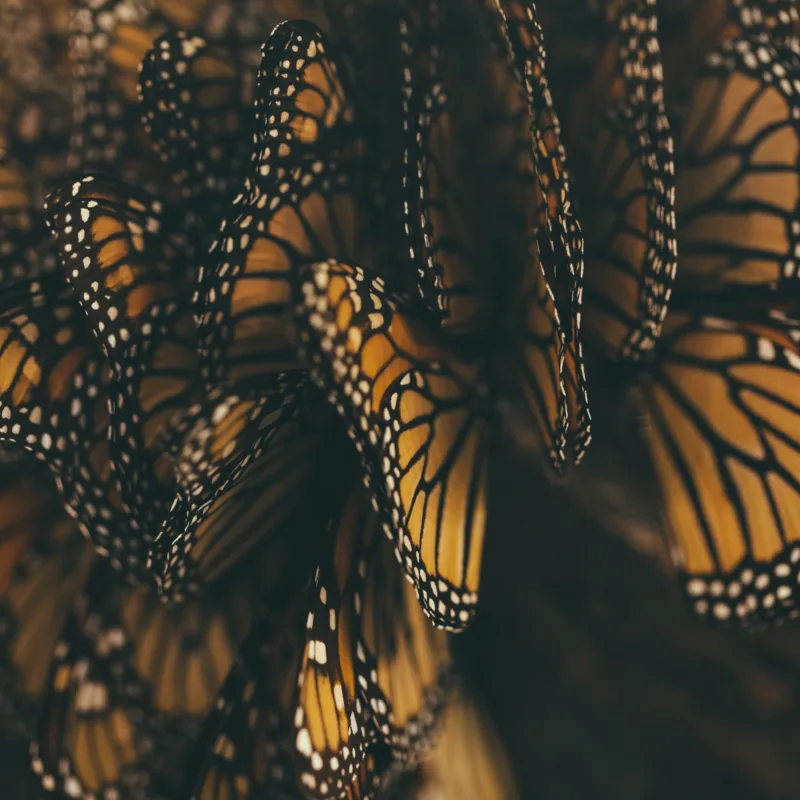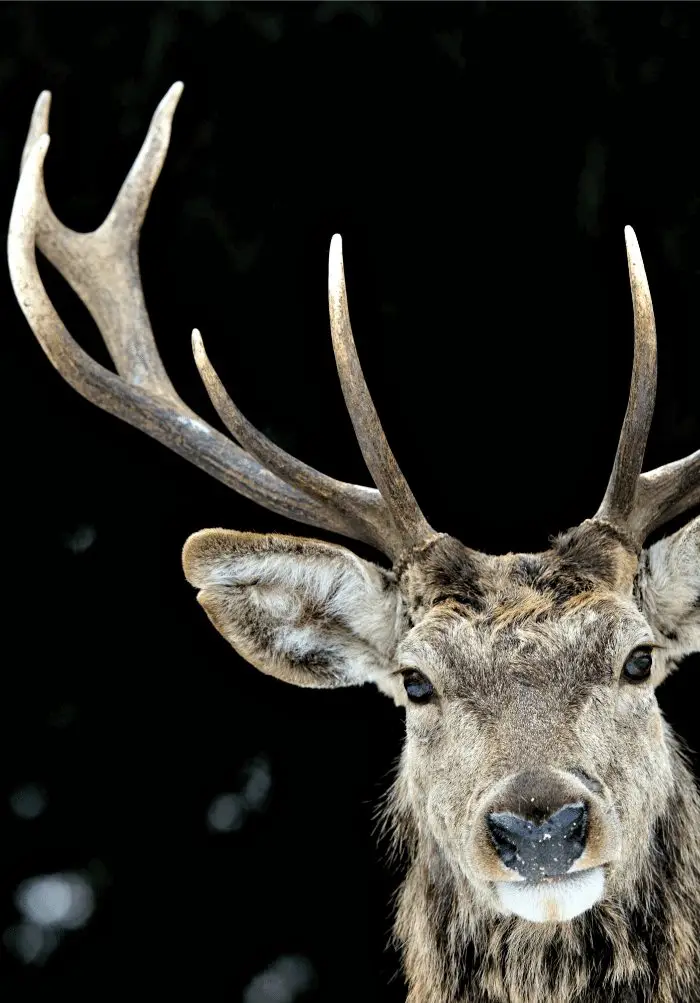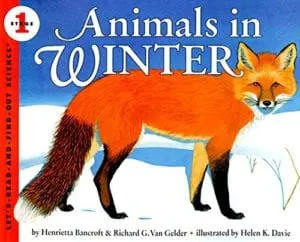Are you looking for some educational activities to keep your preschoolers busy this winter? Why not give them a lesson in nature that they’ll remember all season long?
This blog post is here to provide the perfect solution: an exploration of the magical lives of winter animals! We’ll be talking about their unique migratory and hibernation patterns, as well as how they adapt to survive during cold temperatures.

It’s a fun learning experience sure to interest even the youngest minds – so read on and get ready for some wild, wintery fun!
Kids are curious about how animals survive in cold weather. The question is a good one and prompts thinking, and more questions, such as “How do the animals find food?”
Hibernation, Adaptation, and migration are fascinating topics to discuss with children and cover a wide array of subjects. I created a winter animals preschool theme that covers hibernation, migration, and adaption. So, I had to share it with you.

What Animal is Associated with Winter?
Are you wondering what animals are out during the winter? Several animals are associated with winter, depending on cultural and regional perspectives. Some of the most commonly associated winter animals include:
- Polar Bear: Polar bears are often associated with winter because they inhabit cold Arctic regions and are known for their thick fur and ability to thrive in icy environments.
- Snowy Owl: Snowy owls are majestic birds that are often associated with winter due to their white plumage, which camouflages them in snowy landscapes.
- Reindeer: Reindeer, also known as caribou in North America, are closely linked to winter in many cultures, especially because they are commonly associated with Christmas and Santa Claus.
- Penguins: Penguins are native to the Southern Hemisphere, and they are often associated with winter due to their presence in cold, snowy regions like Antarctica.
- Squirrels: Squirrels are a common sight in winter, as they forage for food and build nests in trees during the colder months.
- Hares and Rabbits: These animals are often associated with winter due to their white fur and adaptation to cold climates.
- Wolves: Wolves are often depicted in winter landscapes and are associated with the wild and remote regions of northern forests.
- Foxes: Foxes are known to be active during the winter, hunting for food in snowy landscapes, and their red fur stands out against the white backdrop.
- Snow Leopard: The snow leopard, with its beautiful spotted fur, lives in mountainous regions with cold climates and is associated with the wintery Himalayas.
- Harp Seal: Harp seals are known for their distinctive markings and are commonly found in cold Arctic and subarctic waters.
These associations may vary depending on cultural traditions, folklore, and geographic locations, but these animals are often linked to winter due to their adaptations to cold environments or their appearance in snowy landscapes.
List of Winter Animals
Here is a list of animals that are often associated with winter:
- Polar Bear: These iconic bears are well-adapted to the cold Arctic winters.
- Arctic Fox: This small fox has a thick winter coat to survive in frigid Arctic temperatures.
- Snow Leopard: These elusive big cats are found in mountainous regions and have adapted to snowy environments.
- Reindeer (Caribou): Reindeer are known for their role in pulling Santa Claus’s sleigh, and they are well-adapted to cold, snowy climates.
- Snowshoe Hare: These hares have large, furry feet that help them move across snow-covered ground.
- Moose: Moose are found in northern regions and have long legs and a thick coat to withstand winter conditions.
- Hedgehog: Some species of hedgehogs hibernate during the winter to conserve energy and stay warm.
- Penguin: Penguins are expert swimmers, but they also endure harsh winter conditions in Antarctica.
- Owl: Many owl species are active during winter nights, hunting for prey in the snow.
- Siberian Tiger: These large cats are adapted to the cold climate of Siberia and other parts of Asia.
- Migratory Birds: Various bird species migrate to warmer climates for the winter, but some, like the Snow Bunting and the Common Redpoll, stay in colder regions.
- Seals: Seals, such as the Harp Seal and Weddell Seal, are often associated with icy, polar regions.
- Arctic Hare: This hare species is adapted to life in the Arctic and has a white coat for camouflage.
- Ermine (Stoat): Ermines are small mammals with a white winter coat, often seen in colder regions.
- Pika: These small mammals live in rocky mountain areas and adapt to snowy winters by creating haystacks of dried vegetation to eat.
- Arctic Tern: These birds have one of the longest migrations, flying from the Arctic to the Antarctic and back.
- Arctic Ground Squirrel: These squirrels hibernate during the winter to survive in cold climates.
- Muskox: Muskoxen are adapted to the Arctic and have a thick, insulating coat.
- Bison: Bison are hardy animals that can endure winter conditions, often seen in North America.
- Wolverine: Wolverines are found in cold, northern regions and are known for their strength and endurance.
These animals have various adaptations and behaviors that help them thrive in winter’s challenging conditions.
How do animals protect themselves from the cold?
Animals have a number of strategies they use to survive winter’s harsh conditions. Hibernation and migration are two of the most common tactics employed by animals.
What is hibernation?
Hibernation is the process of animals becoming inactive in order to conserve energy during cold weather. This state of dormancy enables animals to survive the harsh winter season, as they reduce their metabolism and enter deep sleep. During hibernation, an animal’s heart rate drops from around 70-180 beats per minute, down to just four or five beats every minute.
It is important for hibernating animals to enter a period of starvation prior to entering this deep sleep, as during this period of dormancy these creatures are unable to access food. During hibernation, an animal uses its stored fat reserves as energy, allowing them to survive without eating.

What is migration?
Migration is a natural behavior exhibited by many species of animals across the world. From whales traveling thousands of miles to monarch butterflies that can fly incredible distances, migration is an amazing phenomenon that has been studied and observed for centuries by science.
Migration involves an animal moving from one region to another in order to take advantage of winter or summer sources of food, optimal mating grounds, or favorable climates. It often occurs seasonally, such as with the arrival of swallows in the springtime or reindeer migrating north in the summer.
While migratory journeys can be dangerous and challenging for animals, they are fascinating to watch and offer important insights into their life cycles and behavior.
What is adaptation?
Animals are incredibly resourceful and capable of adapting to their environment in order to survive. This is known as adaptation, which can involve physical changes, behavioral patterns, and even the development of new skills.
Generally speaking, adaptation helps animals better cope with environmental pressures and changes while also improving their chances of survival. For example, some species may gain thick fur in colder climates or possess longer legs to better run from predators.
Additionally, adapted behaviors might include nesting above ground in areas with extreme flooding or grouping together for warmth and protection. Through these adaptations, animals can continue to thrive in even the most challenging environments.

How Do Animals Hibernate?
Such a good question and with a scientifically remarkable answer! Briefly, hibernation is a way for animals to survive the cold winter months. It involves a deep sleep, which causes the heart’s rate to slow and the body’s temperature to decrease.
Related Resource: Simple Bear Craft for a Winter or Hibernation Unit
Therefore, these animals don’t use much energy during this time. Animals who hibernate remain “warm” during the winter, or, to put it another way, animals don’t freeze to death. Their bodies, with thick winter coats and all the energy-saving tactics, find ways to survive.
Check out this video for a fun explanation:
Winter Animals – Hibernation Activity for Preschoolers
When: I introduced this work at circle time.
Materials: My printables shop offers beautiful Animals in the Winter Montessori cards to download. I printed and laminated the cards on card stock for safekeeping. I figured we’d use these cards for a few years at least.
How: The activity is a matching and sorting activity. First, we used the control page that breaks out hibernating, migrating, and adapting animals in three columns. We talked about “Migration”, “Hibernation,” and “Adaptation.”
We talked about each animal in each column. Then I gave a mini three-period lesson to my 3.5-year-old on the names of the animals. Once I felt he had a good grasp of the names, we moved on to sorting. Using only images, my 3.5-year-old sorted the animals into their respective columns.
Extensions: I also gave him a basket of figurines to match the image. For additional language learning, there are name labels included in this printout. So if you want to make the activity a step further, give the child an opportunity to match the label to the image too.

Camouflage Activity for Preschoolers
When: I introduced this work at a separate circle time.
Materials: Montessori Print Shop offers beautiful camouflage cards to download. They offer three different sets of camouflaged animals. Once again, I printed and laminated the cards on card stock for safekeeping for the next several years of use.
How: The activity is a matching activity. First, we talked about camouflage and why animals might need the ability to become camouflaged. Then, we went through the cards with the animals, not in camouflage, and named them.
Finally, we looked at the cards with the animals in camouflage and paired them with the appropriate match. Then I asked my son if he would like a turn. He went through it a few times, and then we placed the cards in the science area of our learning space.
Extensions: I also gave him a basket of figurines to match the image. We also went on walks and hid various figurines to camouflage them. That was very hands-on, got our bodies moving, and was a lot of fun!
Children’s Books about Winter Animals
Online Resources for Winter Animal Learning
- This regional library in Virginia gives a beautiful overview of hibernation for kids and lists several resources for further exploration.
- I love these images of hibernating animals from Earth Rangers.
- National Geographic for Kids has a few posts on hibernating animals.
- Erin from Royal Baloo has an excellent Arctic Animal Packet for download.
- Cerys at Rainy Day Mum has a fun Hedgehog & Hibernation Craft
- Cassie from 3 Dinosaurs offers a fun FREE downloadable packet: Bear Snores On
- Anna at The Imagination Tree has an adorable Sensory Basket exploring Hedgehog Hibernation
Related Reads
Thank you for visiting my blog today.
Marnie

